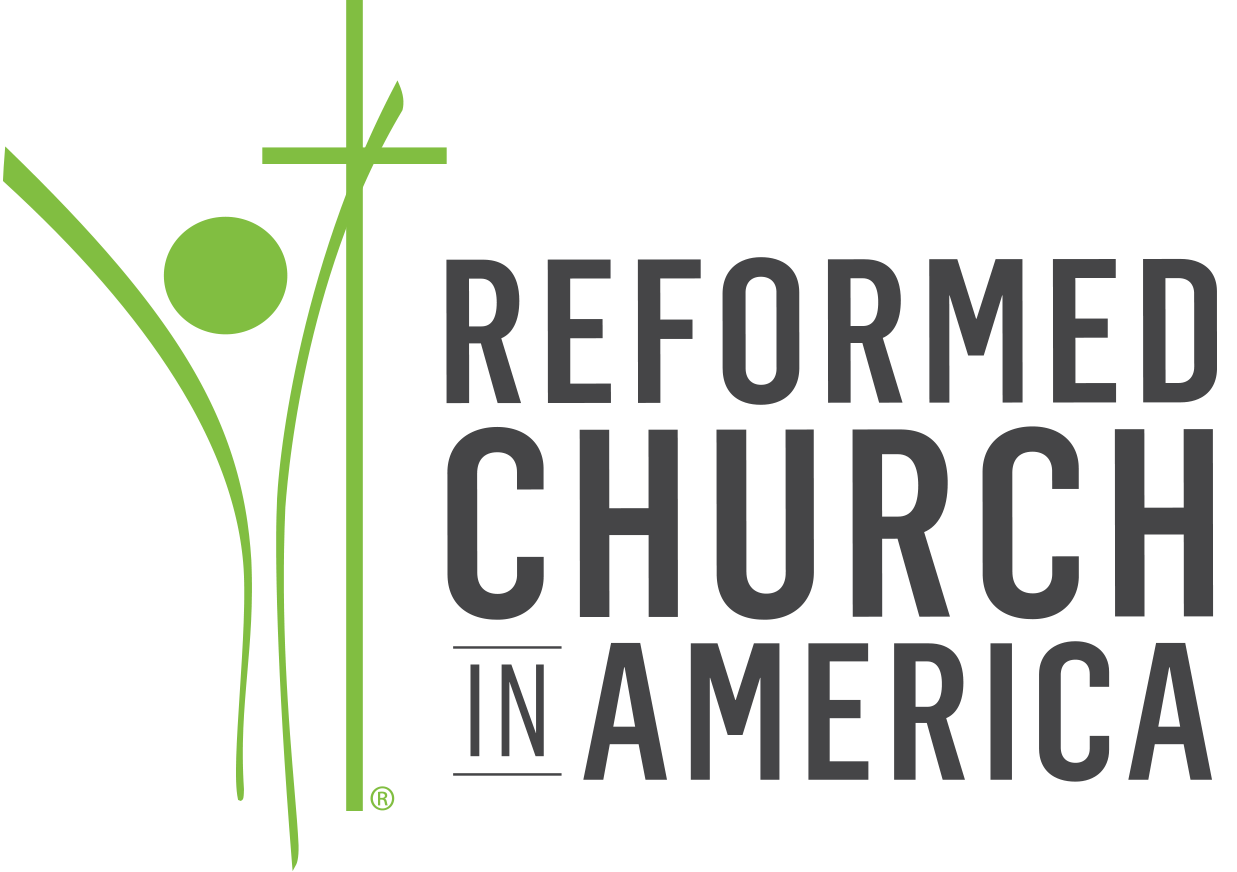Liturgy and Constitution
“The Holy Scriptures are the only rule of faith and practice in the Reformed Church in America. Its Constitution consists of the Doctrinal Standards (which are the Belgic Confession of Faith, the Heidelberg Catechism with its Compendium, and the Canons of the Synod of Dort), the Liturgy with the Directory for Worship, the Government of the Reformed Church in America, and the Disciplinary Procedures.” –Preamble to the Book of Church Order
Doctrine, liturgy, and polity together form the Constitution of the Reformed Church in America. What we believe, how we worship, and how we govern our lives together are what make us who we are as a denomination. As one RCA minister has expressed it:
from 1793 on, the distinctive three-fold constitution has continued to differentiate the Reformed church from other Calvinistic bodies in North America. What is remarkable about the three-fold shape is that, unlike other Calvinistic bodies, the Dutch Reformed church assumed that its Liturgy was not an option. By including it in its Constitution, the church recognized that the actual liturgical text was something that helped form the basic character of the church. Without it, the church would be essentially different … in the Reformed church, worship has been made only secondarily a matter of church order. The primary definition of worship comes from the actual text of the Liturgy itself, and from its use as a living document.1
A distinction is to be made between the Liturgy and liturgies. Properly speaking, the Liturgy consists of those rites (and the words used to perform those rites) that have been approved by the whole church. In the RCA, the Liturgy is our “common prayer”: it declares what the church has agreed to say in the same way as it gathers for worship. At the same time, worshiping congregations also worship using liturgies, i.e., orders of worship that have been generated for occasional or local use.
Because Word and sacrament lie at the heart of the Reformed Church in America, it will come as no surprise that in the narrowest terms the Liturgy consists of:
- Order for the Lord’s Day (including the Order for the Lord’s Supper)
- Order for the Sacrament of Baptism
- Preparatory Services before the Celebration of the Lord’s Supper
- Order for the Profession of Faith
- Order for the Ordination of a Minister of Word and Sacrament
- Order for the Reception and Installation of a Minister of Word and Sacrament
- Order for the Ordination and Installation of Elders and Deacons
(Historically the Liturgy also included two orders for church discipline, namely the Order for Excommunication and the Order for Readmission of the Penitent. The General Synod of 1960 deemed public use of these orders “to be of doubtful spiritual value.” A board of elders wishing to use the Orders for Church Discipline is referred to the 1968 publication Liturgy and Psalms.)
All of these orders have been proposed to the General Synod, have been approved by the General Synod to be sent to the classes for approval, have received the support of two-thirds of the classes, and subsequently have been declared constitutional by another General Synod. One practical application of this corner of the church’s order is that when, in the course of being ordained, ministers vow to “administer the sacraments in purity,” they agree to use constitutional forms for baptism and the Lord’s Supper.
This volume contains a number of other liturgies, most of which have been approved by the General Synod and commended to the church for occasional use. While the use of these liturgies is not required by the church, they are nevertheless to be held in high esteem and used as exemplars of the Reformed liturgical tradition.
Also included in Worship the Lord: The Liturgy of the Reformed Church in America is the Directory for Worship. It should be noted that, while the Directory and the Liturgy are both constituent parts of the Constitution, the Liturgy remains the dominant document, with the Directory appended as instructional (analogous to the manner in which the Compendium of the Heidelberg Catechism is not a replacement for the catechism). In short, the Liturgy remains prescriptive, while the Directory is descriptive.2
1 Daniel Meeter, Meeting Each Other in Doctrine, Liturgy, and Government (Grand Rapids: Eerdmans, 1993), p. 44.
21988 Minutes of the General Synod, pp. 227-228.
